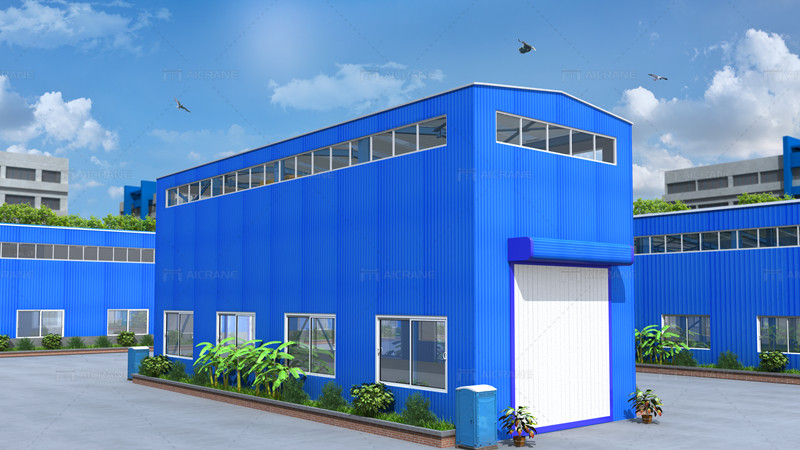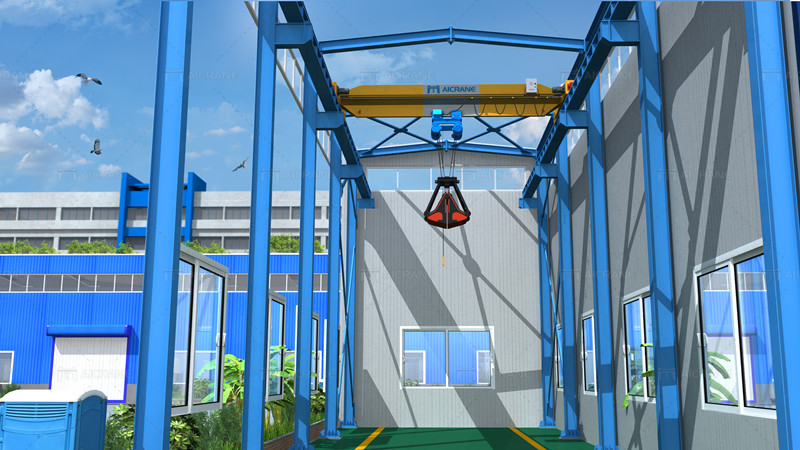Steel frame construction is a popular method used in building construction due to its strength, durability, and versatility. Whether you’re constructing a small residential home or a large commercial building, steel frames offer numerous benefits and can be erected efficiently with the right approach. Here are easy steps for steel frame construction:

Site Preparation
Before beginning the construction process, it’s essential to prepare the building site. Clear the area of any debris, rocks, or vegetation, and ensure the site is level and properly graded. This provides a stable foundation for the steel frame structure and facilitates smooth construction progress.
Foundation Installation
The next step is to install the foundation for the steel frame structure. Depending on the specific design and requirements of the building, this may involve pouring concrete footings or laying concrete slabs. The foundation serves as the base upon which the steel columns and beams will be anchored, providing stability and support for the entire structure.
Steel Fabrication
Once the foundation is in place, it’s time to fabricate the steel components that will form the frame of the building. This includes cutting, drilling, and welding steel beams, columns, and trusses according to the precise specifications provided in the building plans. Steel fabrication is typically carried out off-site by specialized manufacturers to ensure accuracy and quality.
Delivery of Steel Components
After fabrication, the steel components are transported to the construction site for assembly. It’s essential to coordinate the delivery schedule to ensure that the steel beams, columns, and other elements arrive at the site in the correct order and on time. Proper handling and storage of the steel components are crucial to prevent damage and ensure their integrity during construction.
Erection of Steel Frame
With the foundation prepared and the steel components on-site, the next step is to erect the steel frame structure. This involves positioning and securing the steel columns in place on the foundation, followed by the installation of horizontal steel beams to form the framework of the building. Cranes or other lifting equipment may be used to hoist and position the heavy steel components accurately.

Connection and Bracing
Once the steel frame is assembled, it’s essential to ensure that all connections between the steel columns, beams, and other elements are securely welded or bolted together. Additionally, diagonal bracing may be installed to provide lateral stability and resist wind and seismic forces. Proper bracing is critical to the structural integrity and safety of the steel frame building.
Floor and Roof Installation
After the steel frame structure is erected and braced, the next step is to install the floors and roof. This may involve laying steel floor joists and decking for each level of the building, as well as installing steel roof trusses and roofing panels. Careful attention must be paid to ensure that all components are properly aligned and securely fastened to the steel frame.
Finishing and Cladding
Once the basic structure of the building is in place, the final steps involve finishing and cladding the exterior and interior walls. This may include installing insulation, drywall, exterior siding, windows, and doors. The choice of finishing materials and cladding options will depend on the specific design requirements and aesthetic preferences of the building owner.
Utilities and Services
Finally, the building’s utilities and services, such as plumbing, electrical wiring, heating, ventilation, and air conditioning (HVAC) systems, are installed and connected to the steel frame structure. Careful planning and coordination are essential to ensure that these systems integrate seamlessly with the steel frame construction and meet the needs of the building occupants.
In conclusion, steel frame construction offers a fast, efficient, and durable method for building construction. By following these easy steps, you can successfully erect a steel frame structure that meets the highest standards of quality, safety, and functionality. With proper planning, coordination, and execution, steel frame construction can result in a cost-effective and versatile building solution for a wide range of applications.